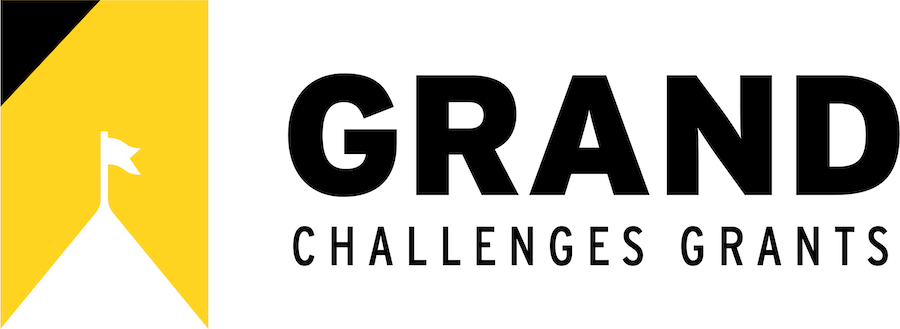Disability and Mode of Work in Team Meetings
Project Team
Susannah Paletz, PI; Connie Siebold (INFO, Doctoral candidate), Roni Reiter-Palmon (University of Nebraska, Omaha), Shevaun Lewis (MLSC), Eusebia Mont (HESP), Christopher Antoun (INFO)
Project Description
Within team science, there are decades of research on team diversity and, more recently, team meetings, but team disability diversity is largely unexamined. Within the field of Human-Computer Interaction, there is a growing body of literature on the effects of team meeting mode and technology on workers with disabilities. We took a sociotechnical, interpersonal, and team contextual approach to better understand the barriers, challenges, and opportunities for people with different disabilities in different types of team meetings based on mode. The three major modes of synchronous meetings are remote, in person, and hybrid, which we look at from the perspective of both the remote and the in-person workers. We interviewed 24 workers who collectively had 21 disabilities; 18 participants had more than one disability. The themes we distilled will inform the direction of a national survey of disabled American workers in order to assess the scope of the challenges and opportunities workers with disabilities face in their team meetings.
Potential Project Impact
Potential outcomes include a better holistic understanding of the impact of team meeting mode and its interactions with different disabilities. Potential impacts include the creation of worker-derived best practices for both work process and technological changes that organizations can implement to benefit disabled workers, managers, and non-disabled teammates.
Presentations
Siebold, C., Paletz, S. B. F., Reiter-Palmon, R., Lewis, S., & Mont. E. (2024, July 30-August 1). Team meeting modes and disability: An interview study [Poster Presentation]. Science of Team Science (SciTS) 2024 Annual Conference. Virtual conference.
Definitions
By “modalities,” we are specifically identifying three categories of synchronous meetings:
In person or face-to-face: Everyone is in a physical location together at the same time in the same place for the meeting. No one is using videoconferencing software.
Remote: Everyone is in a videoconferencing space together at the same time, no one is co-located in a physical room.
Hybrid: Everyone is in the single meeting at the same time, but some people are together in person and some are joining the meeting remotely. We asked about the experience of both the ‘in-person’ hybrid attendee and the ‘remote’ hybrid attendee. Both types are still genuine attendees of a hybrid meeting.
Funding
Funding for this research was provided by a grant from the Maryland Initiative for Digital Accessibility (MIDA), and by start-up funds from the College of Information to Dr. Susannah Paletz.




